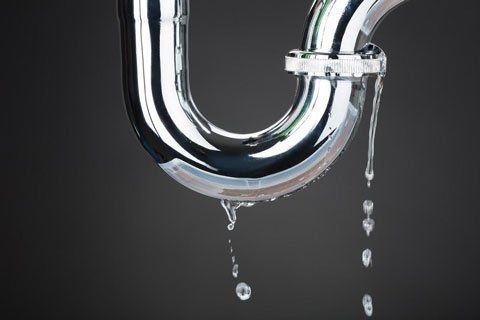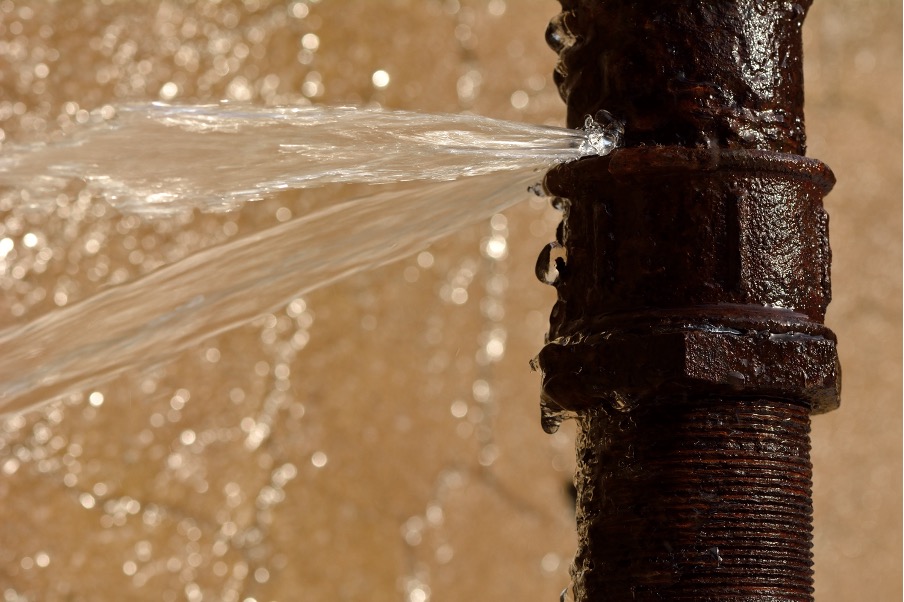Do you find yourself in search of resources about Locating water leaks?

Early detection of dripping water lines can reduce a possible catastrophe. Some little water leaks might not be visible.
1. Examine the Water Meter
Every home has a water meter. Checking it is a guaranteed manner in which aids you discover leakages. For beginners, switch off all the water sources. Guarantee no person will certainly purge, use the tap, shower, run the washing machine or dishwasher. From there, most likely to the meter as well as watch if it will alter. Because no person is using it, there must be no movements. If it moves, that shows a fast-moving leak. Similarly, if you detect no changes, wait a hr or two and inspect back once more. This indicates you might have a slow-moving leakage that can also be below ground.
2. Inspect Water Usage
If you identify sudden modifications, regardless of your consumption being the exact same, it indicates that you have leakages in your plumbing system. A sudden spike in your expense indicates a fast-moving leak.
At the same time, a consistent boost each month, despite having the very same habits, shows you have a slow leak that's also slowly escalating. Call a plumber to extensively inspect your building, specifically if you really feel a warm area on your flooring with piping beneath.
3. Do a Food Coloring Test
When it involves water usage, 30% originates from toilets. Examination to see if they are running appropriately. Drop specks of food shade in the tank and also wait 10 minutes. There's a leakage between the storage tank and bowl if the shade somehow infiltrates your dish during that time without flushing.
4. Asses Exterior Lines
Do not fail to remember to check your exterior water lines as well. Should water leak out of the connection, you have a loosened rubber gasket. One small leak can throw away heaps of water as well as increase your water expense.
5. Evaluate as well as Assess the Circumstance
House owners should make it a routine to examine under the sink counters and even inside closets for any type of bad odor or mold and mildew growth. These two red flags show a leakage so prompt attention is needed. Doing routine assessments, also bi-annually, can conserve you from a major problem.
A lot more notably, if you understand your home is already old, keep a watchful eye on your heaters, hose pipes, pipes etc. Look for discolorations and weakening as most pipelines as well as devices have a life span. They will certainly also normally weaken due to tear as well as put on. Don't wait for it to rise if you think dripping water lines in your plumbing system. Call an expert plumber immediately so you do not wind up with a horrible mess in your house.
Early detection of leaking water lines can mitigate a prospective catastrophe. Some small water leaks may not be visible. Checking it is a surefire way that helps you uncover leakages. One little leakage can lose lots of water as well as surge your water bill.
If you suspect leaking water lines in your plumbing system, do not wait for it to rise.
WARNING SIGNS OF WATER LEAKAGE BEHIND THE WALL
PERSISTENT MUSTY ODORS
As water slowly drips from a leaky pipe inside the wall, flooring and sheetrock stay damp and develop an odor similar to wet cardboard. It generates a musty smell that can help you find hidden leaks.
MOLD IN UNUSUAL AREAS
Mold usually grows in wet areas like kitchens, baths and laundry rooms. If you spot the stuff on walls or baseboards in other rooms of the house, it’s a good indicator of undetected water leaks.
STAINS THAT GROW
When mold thrives around a leaky pipe, it sometimes takes hold on the inside surface of the affected wall. A growing stain on otherwise clean sheetrock is often your sign of a hidden plumbing problem.
PEELING OR BUBBLING WALLPAPER / PAINT
This clue is easy to miss in rooms that don’t get much use. When you see wallpaper separating along seams or paint bubbling or flaking off the wall, blame sheetrock that stays wet because of an undetected leak.
BUCKLED CEILINGS AND STAINED FLOORS
If ceilings or floors in bathrooms, kitchens or laundry areas develop structural problems, don’t rule out constant damp inside the walls. Wet sheetrock can affect adjacent framing, flooring and ceilings.
https://www.servicemasterbyzaba.com/blog/how-to-detect-water-leakage-in-walls/

I am just very interested in Detecting hidden plumbing leaks and I really hope you liked our blog posting. If you enjoyed reading our blog posting kindly make sure you remember to share it. Thanks so much for your time spent reading it.